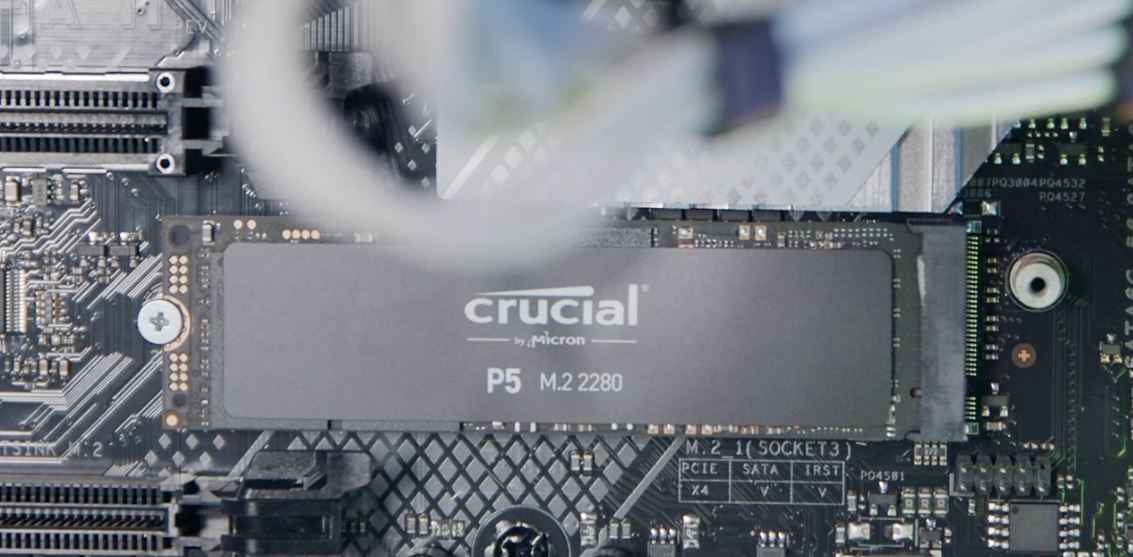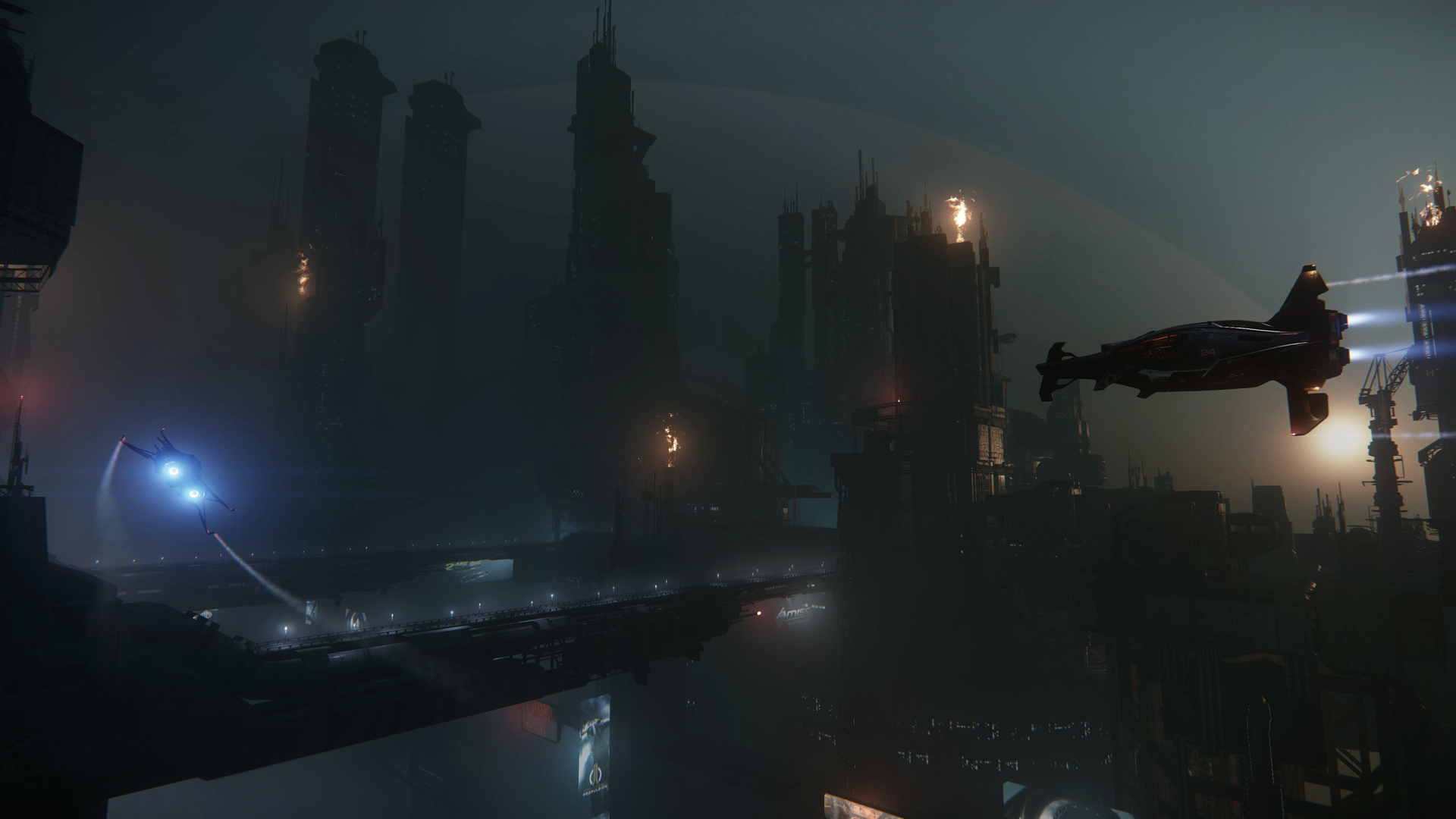
The technology surrounding gaming has come a long way in just a short matter of years. In both PCs and consoles, one specific piece of technology has jumped leaps and bounds, seemingly every year, and that technology is storage. More specifically, solid-state drives, or SSDs. They’re cheaper, faster, and on the whole much more powerful than they’ve ever been. You can pick up a 2TB SSD today for the same cost as a 256GB SSD five years ago, and that’s not even considering how much faster they are today, too. Nor is it considering the changes in form factor, such as M.2 SSDs or PCIe add-in cards. It’s an entirely new world of storage, and it seems like old hard drives dominated the industry only a handful of years ago.
While those advances have led to some serious boosts to gaming as a whole, it’s also left curious consumers with more questions than they had previously. Sure, an SSD can load any data significantly faster than a traditional platter-based hard drive, but does that affect the game itself? Does it boost graphics? What about your FPS? Or is it tied only to loading screens? The answer to all those questions is… “sort of.”
Let’s dig in.
This article was produced in cooperation with Crucial.
What SSDs do best: loading data
The primary function of an SSD is to store and load, or read and write, data. An SSD can do these things very, very quickly. In gaming, this can affect some very obvious things in pretty great ways. Loading screens, for example, are a big one. If a game you’re playing needs to pull data from your storage to show you a room, a building, an instanced encounter, or anything else similar, there’s a good chance it will utilize a loading screen so that it can load everything all at once for you to see, rather than in bits. If your storage unit is an SSD that can read and write data very quickly, the game can bring up those encounters much more quickly, which can dramatically shorten the length of any loading screen in the game.
We’ve all tried to load into a new world of GTA Online, and if you’re lucky, you’ve never tried doing so on a traditional hard drive, because woof, it can take a long time. On an SSD, that process goes a lot faster. We covered this topic in detail in a recent video collaboration with Crucial, showing the benefit of RAM and storage upgrades for gamers.
The more obvious evidence for SSDs and loading times is when you boot up the game itself. Spinning up a game takes a lot less time on an SSD than it does a hard drive, so consider moving a game to an SSD if you play it often, or if you’re prone to frequently Alt-F4ing and rebooting the game. Don’t worry, we won’t tell your team that your internet didn’t actually cut out.
What about in-game performance, like FPS?
While the loading screen speed boost is obvious for an SSD, the other side of the coin is equally as important. In some games, everything you need to see is loaded onto your screen all at once during one of those loading screens, and then you don’t have to worry about the game trying to dig for anything else in your SSD while you play. For other games, however, data needs to be loaded on the fly. That’s a pun, we just haven’t started talking about the games that make it a pun, yet.
Two such games are Star Citizen and Microsoft Flight Simulator, some of the largest (in size) games on the market. In these games, there’s just so much to see that even if you use an SSD, it would take a very long time to load all of it up at once. Instead, games like these will load data, such as buildings and landmarks in MSFS’ case, or ships and planets in SC, in chunks. As you fly through the sky, the game will pull data from your storage unit to fill the world you need to see. In games such as this, if your storage drive is outdated or just not fast enough, you can experience something called “hitching,” which is when your game starts locking up at random intervals so that it can take the time it needs to load all that new data.
Hitching can present itself as low FPS, as it basically can look like you’re chugging away at 10 FPS while the game struggles to load. But unlike most FPS problems, this shortcoming doesn’t lie with your graphics card; instead it’s an issue with the storage drive. If you’re playing a big sprawling game like Flight Simulator, Star Citizen, you might need a fast SSD to prevent hitching.
Just using an SSD might not be a magic fix, either. You might need a particularly fast one, which means steering clear of SATA SSDs and opting for an M.2 NVMe drive, like the Crucial P5.
Yep, graphics too
Hitching isn’t the only issue an SSD can fix in gaming, but it’s certainly the most common one. Another fairly common one is character models and certain textures in MMOs like World of Warcraft, Elder Scrolls Online, or Guild Wars 2. If you have your in-game graphics cranked up to 11, but you find yourself staring at meatball textures on nearby NPCs, players, or even the ground you’re standing on, but then it magically corrects itself a few minutes later—that’s storage problem.
Essentially, most of the big MMOs out there load certain in-game models separately to account for, well, the sheer amount of players or things-happening-on-screen one might run into all at once. If you have a slow storage unit, like an old hard drive, it can take a while for those high-end models to show up on your screen, so you’ll be stuck looking at gravel for a while even if your GPU is up to snuff. Typically, this takes a little while to correct itself. Depending on how much is trying to load onto your screen, it might be five minutes before the beautiful 4k textures your GPU promised you actually show up to the party.
If you’re making the jump to using SSDs, now’s a great time to do so. And for help, you can read our guide to desktop storage.
For more, check out our recent video covering the basics of RAM and storage upgrades for your gaming PC.



